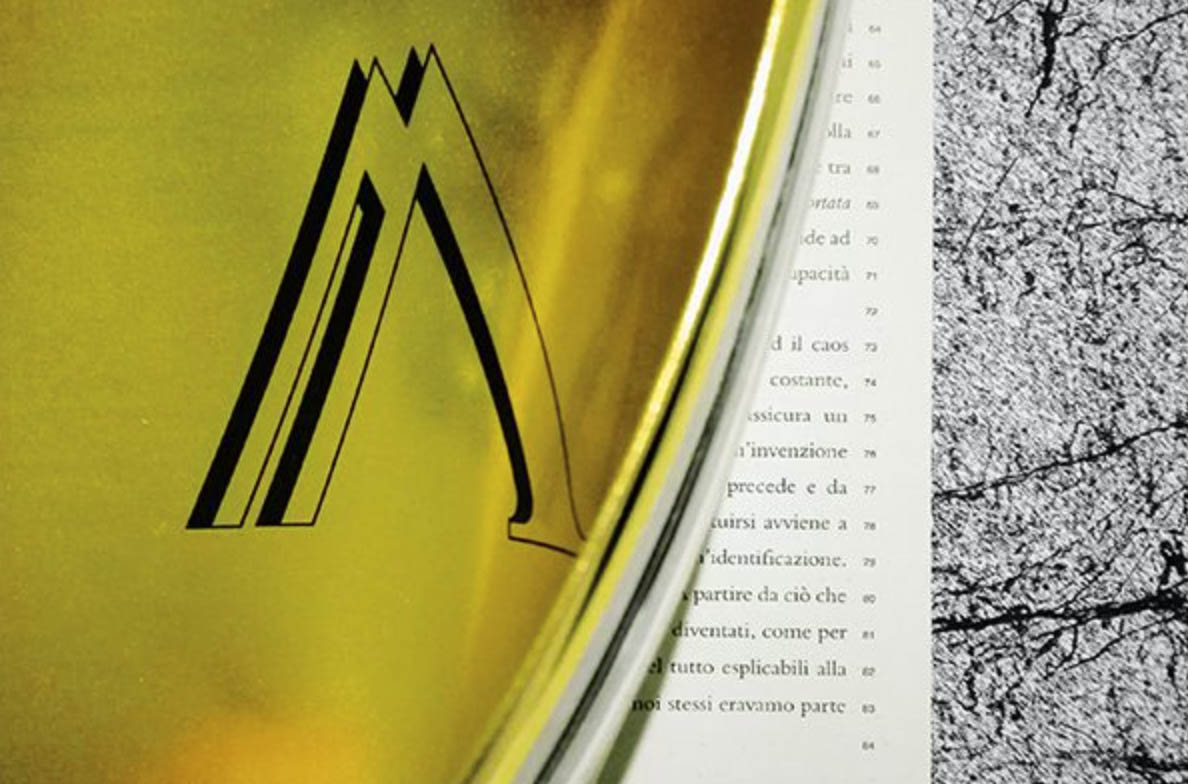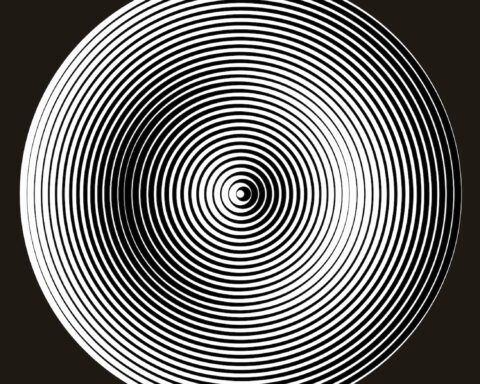The creation of a portfolio is a practice at this point stabilized for the artists. A display that collects in a schematic order all the works that the artist has done from the beginning of the artistic experimentation until the present. Presenting the entire career of artists with highlights of their work can be limiting and it doesn’t really explain the way the artists think, the processes and methods behind their creation. A portfolio is a chronological presentation of some works and it’s composed of images and texts. The images give a visual rendering of how the works look like and the texts briefly explain the concepts and materials. In this way, artists are easily associated with the photographs of their works of art and they have to express their identity, respecting the limitation of an association of images and texts. It’s difficult then to pass certain concepts, ideas and the result is a sequence of mute pages. It crosses the timeline focusing only on determined points – the products of the artist’s activity – that don’t call into question the daily life, even if they’re connected to it, and excludes what has not an artistic result from the pages of this memory archive. The archival structure not by chance presents the same characteristics; a set of documents, depositions of the past that in some way survive to the time, are the winners of a battle against the inexorable oblivion that consumes what doesn’t distinguish itself from the amorphous mass of the events. In this way, the past will be remembered for some fragments and the narration will proceed by skips, with an equilibrium of empty and full spaces due to the presence of documented moments or lapses of memory. In the same way, the portfolio presents a set of works that the artist, behaving as a clever collector, picks up from his/her production and consigns them to the almost sacred sphere of the portfolio pages. A private album composed of declarations. Stars that form a constellation. Coordinates of a wider drawing that constitute the artist’s identity. In the total entirety of single experiences, the unit cedes its power in favor of a collectivity. As a sculpture positions the rèpere to sculpt the figure, the artist underlines the key points that will be used to draw his/her entire figure. An exercise of synthesis that helps the definition of a classifiable identity, the portfolio can be artistic practice to be questioned. Clio Casadei decided to solve this problem and pushed the limit of a traditional portfolio, creating a book that embodies her artistic vocation. Texts and images are still part of her work, but they neither don’t follow a chronological order nor they juxtapose certain pictures with their explanation. Clio worked as a storyteller and the result of her experiment is a new work of art. This new portfolio remarks her working methodology and affirms her creative identity. She treated her works as raw material to be used as words, in order to create a discourse that doesn’t only present her career but that narrates a new history. Atlas is a book that lives continuous changes: from a version to another and sometimes even from the different copies there are alterations made by the artist. As for the archives, variable structures where nothing is immobile for the eternity, Atlas lives integration and relocations. Theories, memories, anecdotes are interlaced. The readers can go through the pages, skip certain parts, start from the end, look just at the images. They are free to approach Clio’s unconventional portfolio as they prefer or listen to it thanks to a recent experiment Clio did during a residency. Hosted by Standards, a place for sound and music experimentation in Milan, Clio sonorized her portfolio, translating the words as they were notes. With Attila Faravelli, Nicola Ratti, Roberta Pagani e Gaia Martino, Clio explored the writing dimension, the diversity of the listening devices, the voice and the different temperatures of the recording tools. The text translation has taken place in the recording studio of Frequente and the sounds have been projected in the main room, where Cavo, a wood installation, has embraced the new polyphony as a maternal womb. From a physical product to a musical composition, Atlas, has lost its substance, becoming an ethereal concept. In this conversation with Clio, I’ve tried to track the reasons behind this experimentation and the principles of this encyclopedic work.
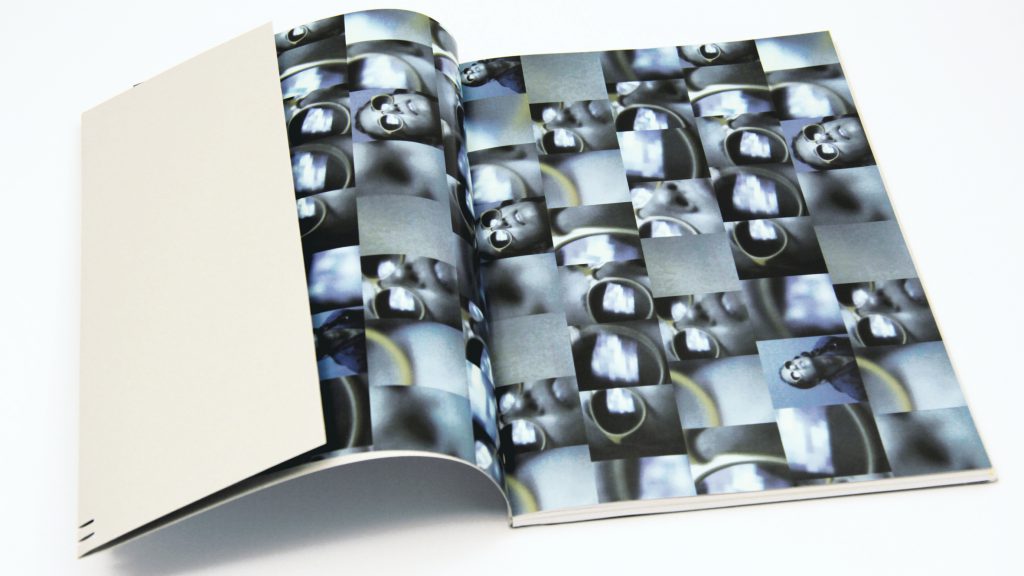
Tu nello spazio sei il parametro, il limite massimo, la fine della mia corsa, 2012. Audiobook Limited edition Self-published
Giulia Gelmini: In which occasion did you start elaborating your portfolio as a book? What are the reasons?
Clio Casadei: At the origin of this choice there is my aptitude in conceiving the portfolio as a discourse, for this reason the book format and what it’s included in its construction act as a support. The first intentional formalization of my portfolio in this format has been with Tu nello spazio sei il parametro, il limite massimo, la fine della mia corsa, an installation I realized six years ago. In that occasion, the narration about the works I realized the previous two years echoed in a loop inside the space. Two posters, few drawings and a series of photographs were hanged against the walls. So, at the beginning, the elaboration of the portfolio coincided with the development of a text – or hypertext – while the reason that made this operation possible was the will to express the dynamic of my practice more than a series of works.
G.G.: This choice cancels the chronological linearity of your works and leaves the reader free to create its own path. In a certain way, while reading your Atlas we become the curators of an ideal exhibition composed of instincts and arbitrary choices. The essay of Walter Benjamin comes to my mind. He describes the flanêur in the late ‘800 Paris that walks collecting fragments of a city, choosing a personal itinerary. The only sense he relies on is the sight. He let the pleasure of the images guide him and he constantly proceeds his journey through the time thanks to fortuitous connections. This equally happens to the reader of Atlas. How important are the images for you? How important are they in Atlas?
C.C.: The chronological order of the texts coexists with the possibility of its alteration. Each text is a stratification of images, while the tout-court images work as a punctuation; they are elements of a score whose signs are not always visible. My entire work is influenced by a constant and latent comparison with the concept of image, it’s almost a commitment.
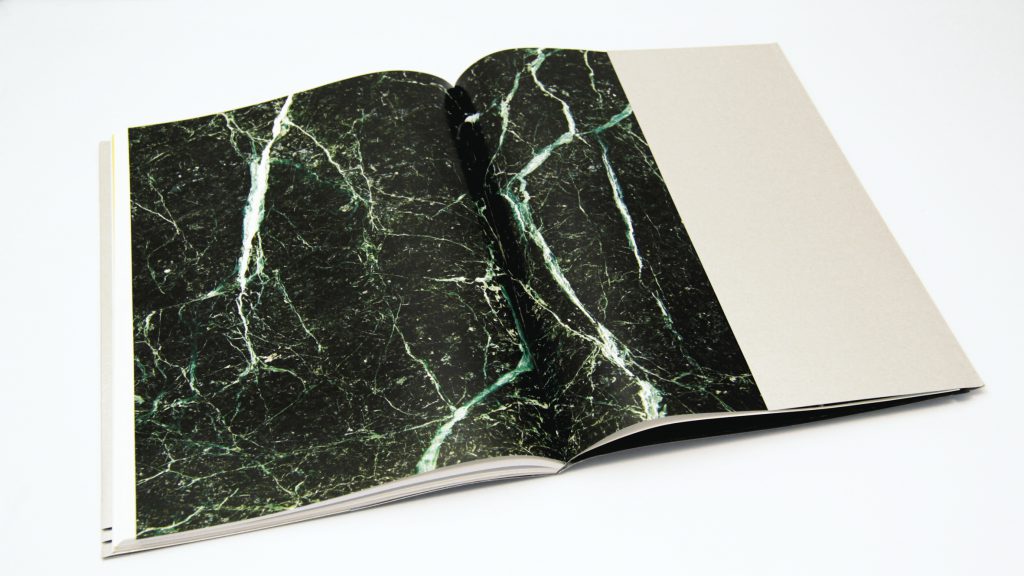
G.G.: Are there any cuts in Atlas editing? Did you take some decisions regarding the material to include and exclude? If so, can you tell us about it?
C.C.: The “cuts” take place during the transposition from the experience to the writing. Each text is realized in different circumstances. Few texts have undergone substantial changes once composed and the integration in Atlas happens, generally, when the writing is completed. Sometimes I change the punctuation or I add fragments of unpublished texts, I found in my notes. These supplements occur when I work on matters that I have already been working on in the past. I use to leave a trace of my last reading before the print. It is part of the work.
G.G.: Is there some material that is not included in your book even if it’s part of your production? If so, what are the reasons?
C.C.: Atlas has to do with a multidimensional practice that extends itself in space and time and it gathers materials that come from 2007 up to now. It is the transcription of a composition that is derived from site and time-specific experiences. It is, in its totality, like a code. I have excluded the pure abstractions which means the almost totality of my drawings.
G.G.: Did you meet any difficulties while constructing this atlas-book?
C.C.: Creating Atlas allows me to think and to know as a sculptor does. The material resists to the action and this is why difficulties and amusement constantly interchange. The concept of atlas itself is been a very useful tool, it favored the experimentation and it gave me the chance to identify the file rouge, the hidden connections between the different experiences I was involved in, between the different discourses that emerge from each single experience. This process of articulation of the discourse led me to the game-book format, something that a already inspired me for the creation of Ode.
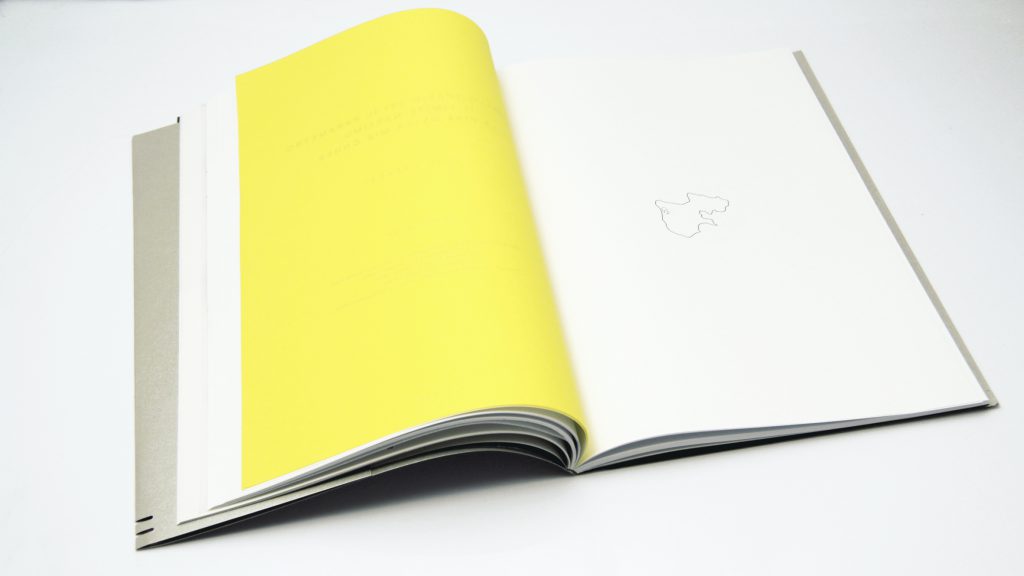
G.G.: Among the several editions of Atlas, are there any contents changes? Can you indicate one in particular?
C.C.: A significant change happened – something that is more related to my perception of the work as author than to the reader– during the layout. In this phase I literally visualize the single experiences together, developing the awareness of the whole composition. It was at that point that I definitely stopped to consider them as separated spots. This process didn’t affect the originality of the single materials but contributed to the development of a shape that, was enhancing the diversity, works as a system.
G.G.: The constant elaboration of what is narrated in Atlas makes it be an independent work. From your point of view as artist and mind behind this project, should we consider the book itself as an object or the contents that are contained as the work of art?
C.C.: The work of art is the totality of the processes that contribute to the constitution of the product, both as an object and content. From the conditions that determined the contents articulation to their formalization in terms of composition, writing, book.
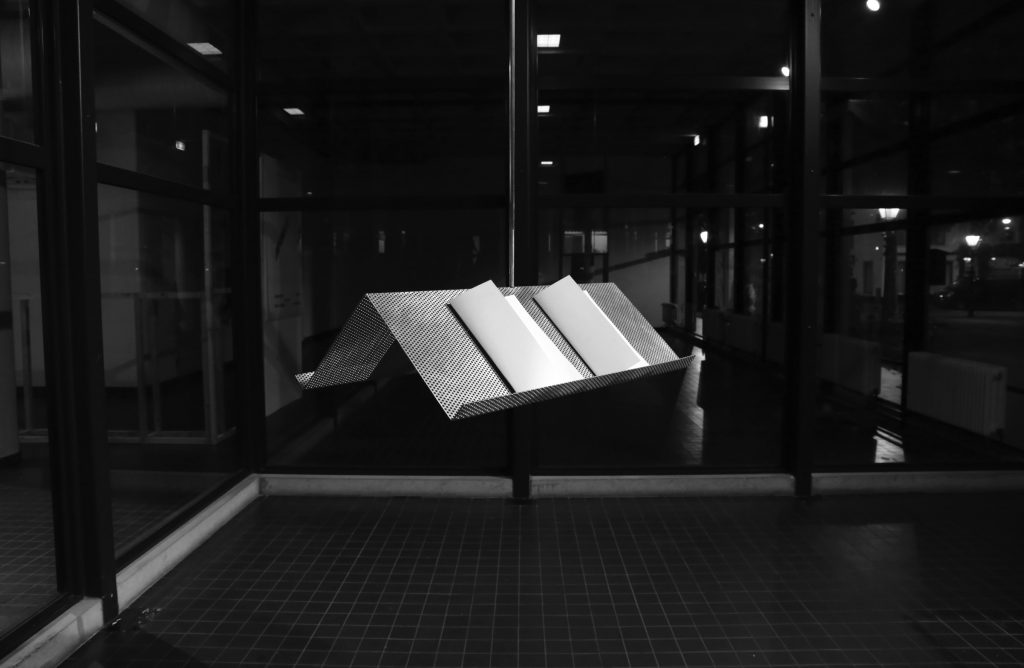
G.G.: How was the experience at Standards? How was the project carried out? I would be curious to know the daily rituals you followed to translate your book into sounds.
C.C.: I arrived at Standards with a draft, some expectations and an almost total ignorance regarding the tools for the reproduction and amplification of the sounds. I decided to focus on the last text of Atlas, On theme, working on a reduction and adaptation of it in relation to that particular context. I could not work constantly together with Nicola and Attilia and I spent the majority of the time familiarizing with some key aspects of the live actions, as the improvisation and the possibility to intentionally spread the sounds inside an equipped space. I almost completely reviewed my initial idea. I transformed a draft made for a fruition with headphones in a composition for eight outputs and eight inputs that provided improvised or accidental auditory effects, caused by an imprecise group of people – including myself – within an extended action area. The final result was unexpected and I was happily surprised.
G.G.: This last experience led to the reproduction of a book made of images and texts. Would you consider in the future a video animation of your encyclopedic project?
C.C.: I can’t tell about the future, it depends on where my work will lead me.
A special thanks goes to Standards and Boîte Editions. Without them, I would have never got to know Clio’s work.


